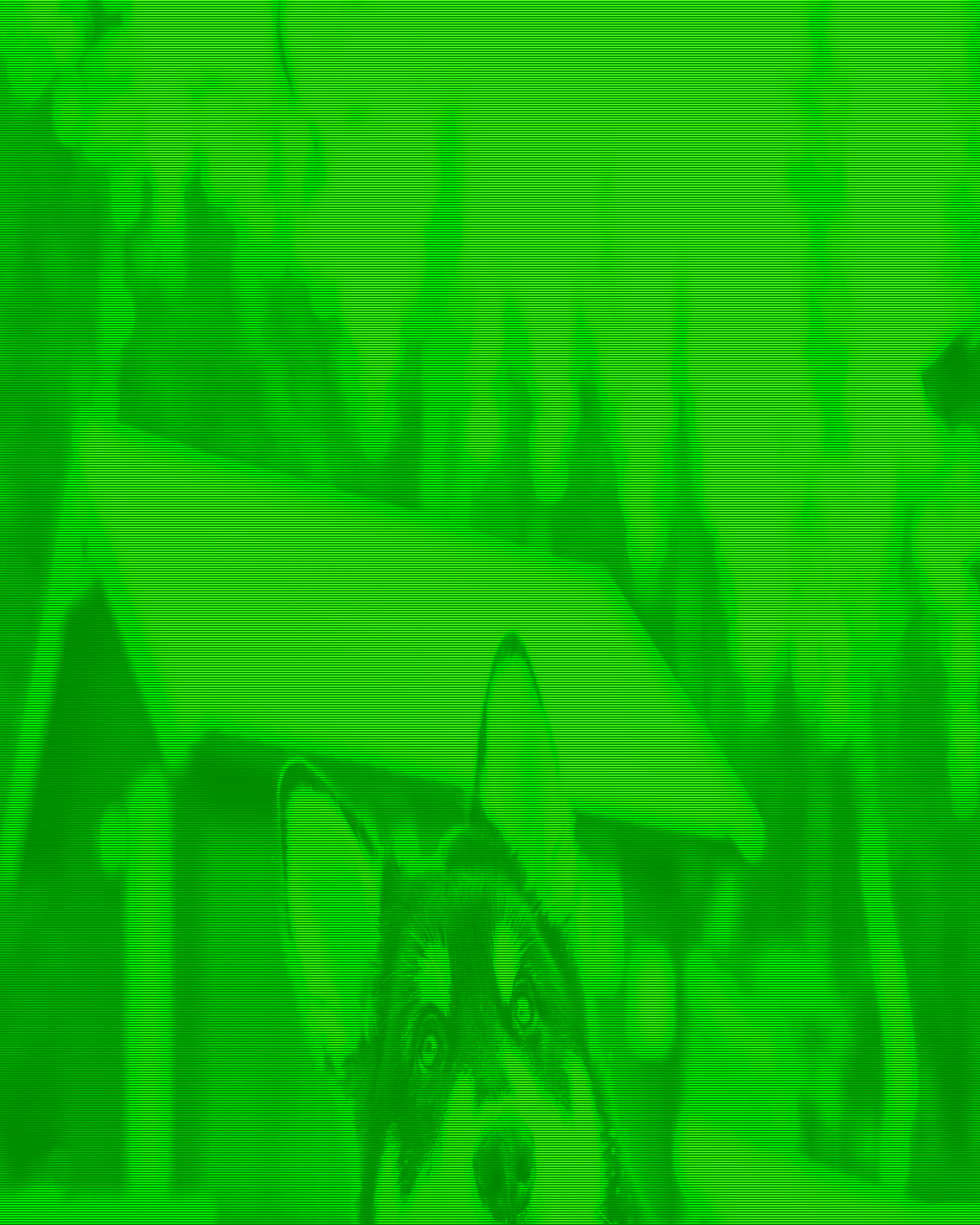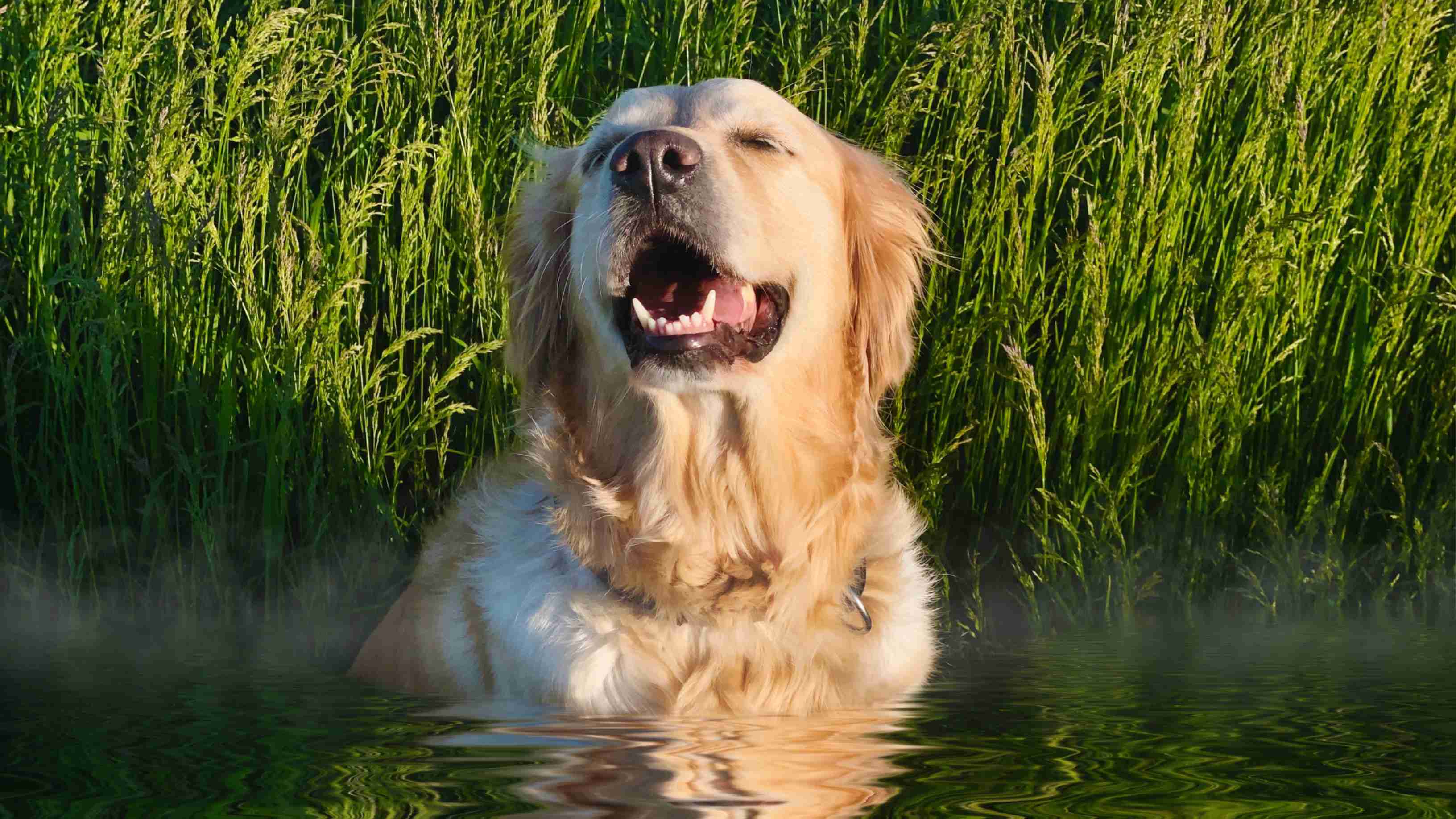The Newfoundland breed has a rich history as a working dog that dates back several centuries. The breed originated on the island of Newfoundland in Canada, where they were developed as working dogs for the fishermen and hunters of the region.

The dogs were bred to be strong and sturdy, capable of working in the harsh and cold conditions of the region. Their thick, waterproof coat protected them from the cold water, while their powerful build made them well-suited for pulling heavy loads.
One of the primary roles of the Newfoundland was as a draft dog, used to pull carts and sleds. They were particularly useful for pulling fishing nets, which were often very heavy and required a lot of strength to move. The dogs would also carry supplies to and from the fishing boats, making them an indispensable part of the fishing industry.
In addition to their work on land, Newfoundlands were also used for water rescue. They are excellent swimmers and have a natural instinct to save people from drowning. Fishermen would often take the dogs out on their boats and use them to help retrieve people who had fallen into the water. They were particularly useful in rough seas, where their swimming ability and strength made them valuable assets.
Newfoundlands were also used for hunting, particularly for retrieving game from the water. Their natural swimming ability and strong retrieving instincts made them excellent at fetching ducks and other waterfowl.
The breed’s popularity as a working dog spread beyond Newfoundland, and they were eventually exported to other parts of the world. In the 19th century, they became popular in England, where they were used for water rescue and as show dogs. They were also used in Europe as draft dogs and as working dogs on farms.
Today, while many Newfoundlands still work as water rescue dogs, draft dogs, and in other working roles, they are also popular family pets. Their gentle and affectionate nature, combined with their impressive size and strength, make them beloved companions for many people around the world.
What was Newfoundland dog’s role in fishing in Canada?
Newfoundlands played a significant role in the fishing industry, particularly in the Atlantic Canadian region, where the breed originated. The dogs were used as working dogs by fishermen and were an essential part of the fishing industry.
One of the primary roles of the Newfoundland was as a draft dog, used to pull carts and sleds. They were particularly useful for pulling fishing nets, which were often very heavy and required a lot of strength to move. The dogs would also carry supplies to and from the fishing boats, making them an indispensable part of the fishing industry.
Newfoundlands were also used for water rescue. They are excellent swimmers and have a natural instinct to save people from drowning. Fishermen would often take the dogs out on their boats and use them to help retrieve people who had fallen into the water. They were particularly useful in rough seas, where their swimming ability and strength made them valuable assets. You can read about that in depth, in later part of this article.
In addition to their work on the boats and in the water, Newfoundlands were also trained to perform a variety of tasks on shore. They would help to haul and pack fish, as well as guard the fishing equipment and supplies.
The breed’s size and strength made them well-suited for the demands of the fishing industry, and they were highly valued by the fishermen who relied on them to do their jobs. Even today, Newfoundlands are sometimes used in the fishing industry, particularly for their water rescue abilities.
How did Newfoundland dogs help in search and rescue?
Newfoundland dogs have a long history of serving as water rescue dogs and are often used in search and rescue operations. Their size, strength, and swimming abilities make them well-suited to rescue work, particularly in water.
Newfoundlands are particularly adept at water rescue because they have a natural instinct to save people from drowning. They are strong swimmers and can navigate rough waters with ease. Their thick coat also provides insulation in cold water and helps them to stay afloat.
In search and rescue operations, Newfoundland dogs work alongside their handlers to locate missing people, particularly in water-based environments such as lakes, rivers, and oceans. The dogs are trained to track scents on the surface of the water and can follow the scent trail to locate individuals who may be in distress.
Newfoundlands are also trained to retrieve objects from the water, such as life jackets or floating equipment, which can be used to help rescue people. They can also carry a flotation device or a line between rescuers and victims, which can help to bring them to safety.
The breed’s calm temperament and gentle nature make them particularly well-suited to rescue work, as they can provide comfort to individuals who may be frightened or distressed. Their size and strength also make them an asset in rescue operations, as they can assist in moving people to safety or helping them to climb onto rescue boats or platforms.
Overall, the Newfoundland’s role in search and rescue operations is a testament to the breed’s intelligence, trainability, and working abilities. Their natural instincts, combined with their calm and gentle demeanor, make them a valuable asset in any rescue operation.
Conclusion
Overall, the history of the Newfoundland dog as a working breed is a testament to their strength, versatility, and adaptability. The breed’s natural abilities, such as their swimming and tracking skills, have made them valuable assets in a variety of working roles, from fishing and hunting to search and rescue. Their intelligence and trainability have also made them excellent companions and loyal family pets. Today, the Newfoundland dog remains a beloved breed, known for their gentle nature, loyalty, and strong working instincts.
If you liked this article (or if it helped at all), leave a comment below or share it with friends, so they can also know What is the history behind the Newfoundland’s popularity as a working dog, including their roles in fishing and search and rescue





.jpg)

